"No Gatekeeping..." #12
Design Authority: When objects become cultural moments, who controls what's valuable?
TikTok's "blue bottle guy" transforms Saratoga Water into a viral status symbol, lifting share prices and spawning mainstream parodies
Severance's vintage furniture choices become collectable icons, turning obscure design pieces into objects of desire and digital fascination
Nike simultaneously launches the futuristic Dn8 while reviving the Air Max 95 "Neon," playing both sides of the nostalgia-innovation spectrum
What links them? Objects transcend their functional purpose to become cultural signifiers with value increasingly determined by social conversation rather than traditional tastemakers.
From Prop to Protagonist:
How Saratoga Water's Blue Bottle Became the Star
Ashton Hall's elaborate morning routine featuring Saratoga Spring Water's distinctive blue glass bottles has transformed a regional premium beverage into a viral phenomenon. The video, which garnered nearly 100 million views, showcases creator Ashton Hall repeatedly using the water for drinking and as part of his face-dunking ice bath ritual.
Why This Matters;
This isn't just about a viral video—it's about how cultural authority now flows through unexpected channels. When Primo Brands (PRMB) stock rose nearly 3% following the video's circulation, we witnessed the real-time economic impact of meme culture. Even the NFL's Detroit Lions joined in, posting a variation of Hall's face-dunking moment and cementing the blue bottle's status as 2025's first iconic consumer object.
The transformation happened with remarkable speed—within days, the distinctive cobalt glass bottle became a visual shorthand for aspiration and wellness intensity. This demonstrates how objects can be recontextualised almost overnight, with value determined not by traditional marketing but through the collective conversation of social media.
What's particularly fascinating is how the parody phase has enhanced rather than diminished the brand's cultural capital, with imitations further cementing Saratoga's distinctive silhouette in the visual vocabulary of 2025.
Sources: TikTok, Yahoo!, MSN, March 2025
Severance's Furniture Fever:
When Set Design Creates Fresh Collector Culture
Apple TV+'s dystopian workplace drama Severance has sparked an unexpected movement in the design world, with its carefully curated mid-century furniture becoming objects of desire.
The show's second season has turned obscure vintage pieces like the Luigi Massoni Dilly Dally vanity ($7,000) and Dieter Rams' Braun stereo unit ($30,000) into social media fixations, with dedicated accounts analyzing every chair and lamp.
I loved the recent post by
Why This Matters;
This isn't just about affluent viewers coveting expensive furniture—it's about how cultural products now create parallel economies of desire. When production designer Jeremy Hindle and set decorator David Schlesinger sourced museum-quality Braun pieces designed by Dieter Rams (flown in from Berlin's Braun museum), they weren't just dressing a set but creating a universe where objects become characters in their own right.
What's fascinating is how the show's eerie, "temporally confused" aesthetic has sparked a collector culture. Instagram accounts like __dreamspaces now earn tens of thousands of likes dissecting the show's furniture choices, turning once-obscure pieces into must-have items with rapidly appreciating values.
The Luigi Massoni vanity featured in episode 7 sold within three days of airing, demonstrating how screen time translates directly to market value in this new cultural economy.
Sources: Marie Claire, Vulture, Instagram __dreamspaces, March 2025
Nike's Double Play:
How Brands Navigate Innovation vs. Nostalgia
Nike is executing a strategic balancing act this spring by simultaneously launching the forward-looking Air Max Dn8 with its revolutionary eight-chamber technology while reviving the iconic Air Max 95 "Neon" with its original construction for its 30th anniversary.
This dual approach reveals how even category-defining brands must now play both sides of the innovation-nostalgia spectrum.
Why This Matters;
This isn't just about selling sneakers—it's about how brands navigate competing cultural forces in 2025.
When Nike announced the Air Max 95 "Neon" would return with the original horizontal seam through the heel Air unit (a detail abandoned in 2006), they acknowledged that consumer authority sometimes trumps design evolution. The accompanying "AIR ATL" event—complete with performances by Latto and specially designed spaces for Instagram documentation—shows how physical experiences are now designed primarily as content generators.
The contrasting approaches reveal Nike's understanding that cultural relevance in 2025 requires satisfying both innovation-seekers and nostalgia-hunters.
By pricing the futuristic Dn8 at a premium while making the "Neon" 95s broadly available (albeit with carefully orchestrated scarcity), Nike demonstrates how brands can simultaneously leverage different forms of value—technological innovation for one audience and authentic heritage for another.
Sources: Nike News, Dazed & Confused, Sneaker News, March 2025
The Thread That Connects It All
The cultural landscape of 2025 reveals how objects—whether water bottles, vintage furniture, or sneakers—become influential actors in our collective conversation.
Value is increasingly determined not through traditional channels of authority but through a complex interplay of viral moments, curatorial choices, and consumer nostalgia.
In a world where a blue glass water bottle can become an overnight sensation, obscure mid-century furniture pieces can drive social media engagement, and sneaker design details from 1995 remain cultural touchpoints three decades later, we're witnessing an ongoing shift in how cultural significance is assigned.
The more intriguing question emerges: In this new economy of attention, who determines what becomes valuable, collectable, or iconic—the creators, the consumers, or the algorithms that connect them?
#DesignAuthority #MemeCulture #ObjectDesire #CuratedNostalgia #CulturalSignifiers



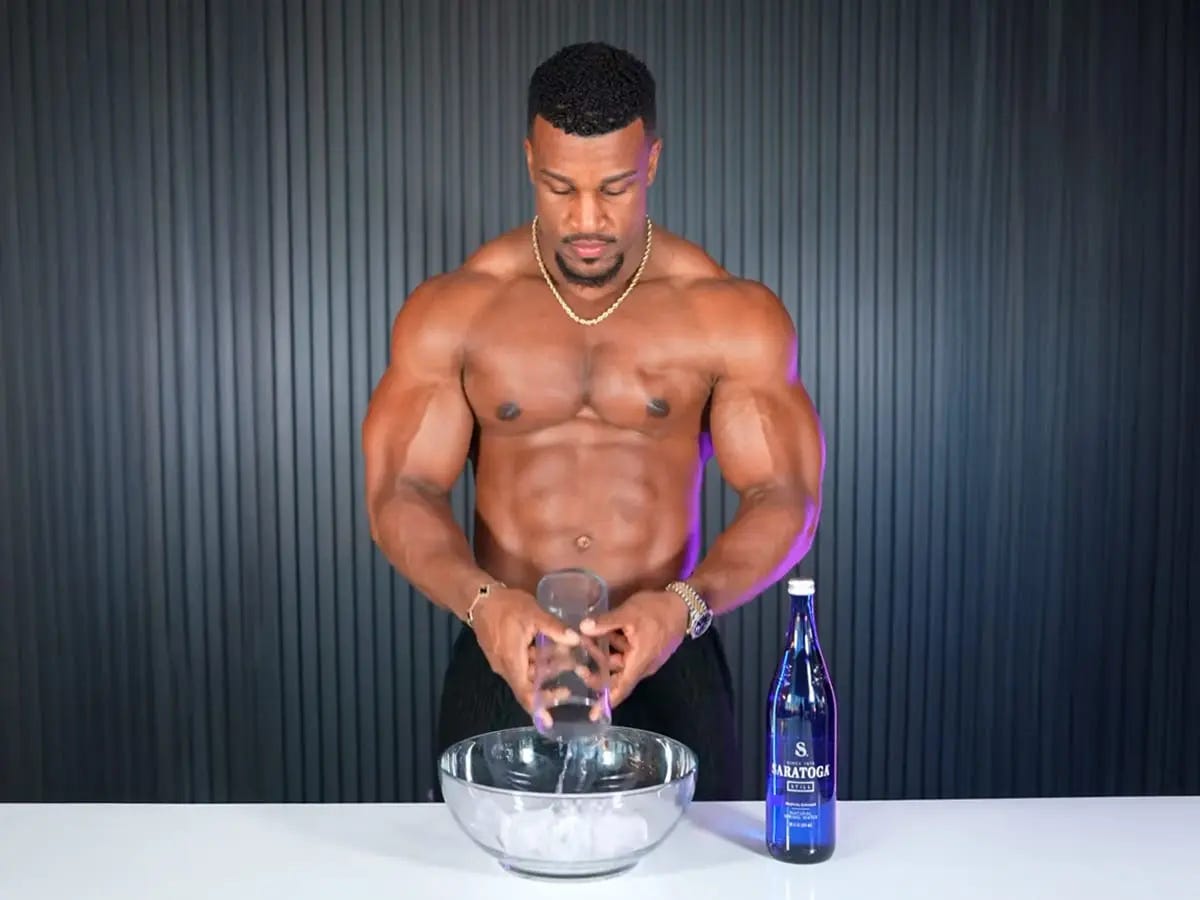

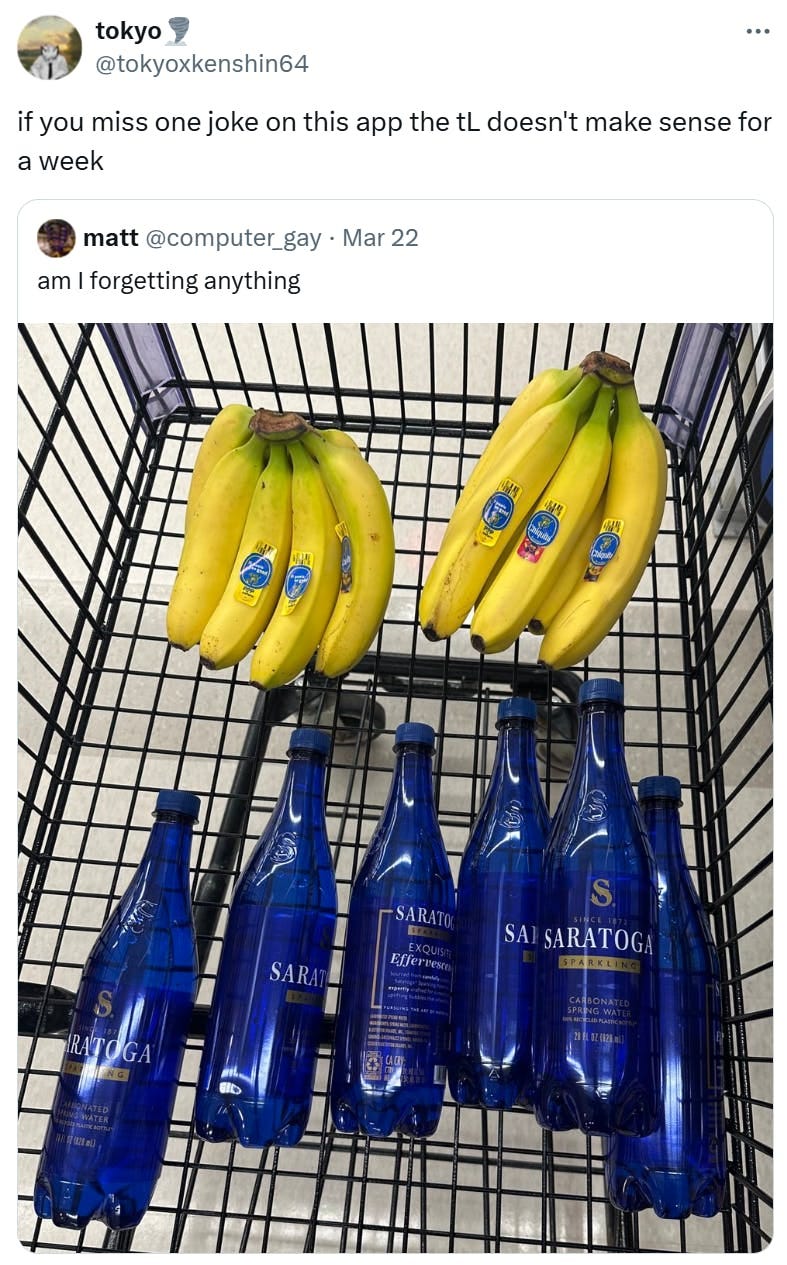
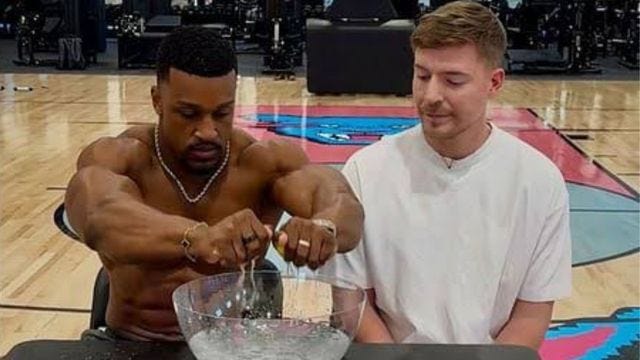
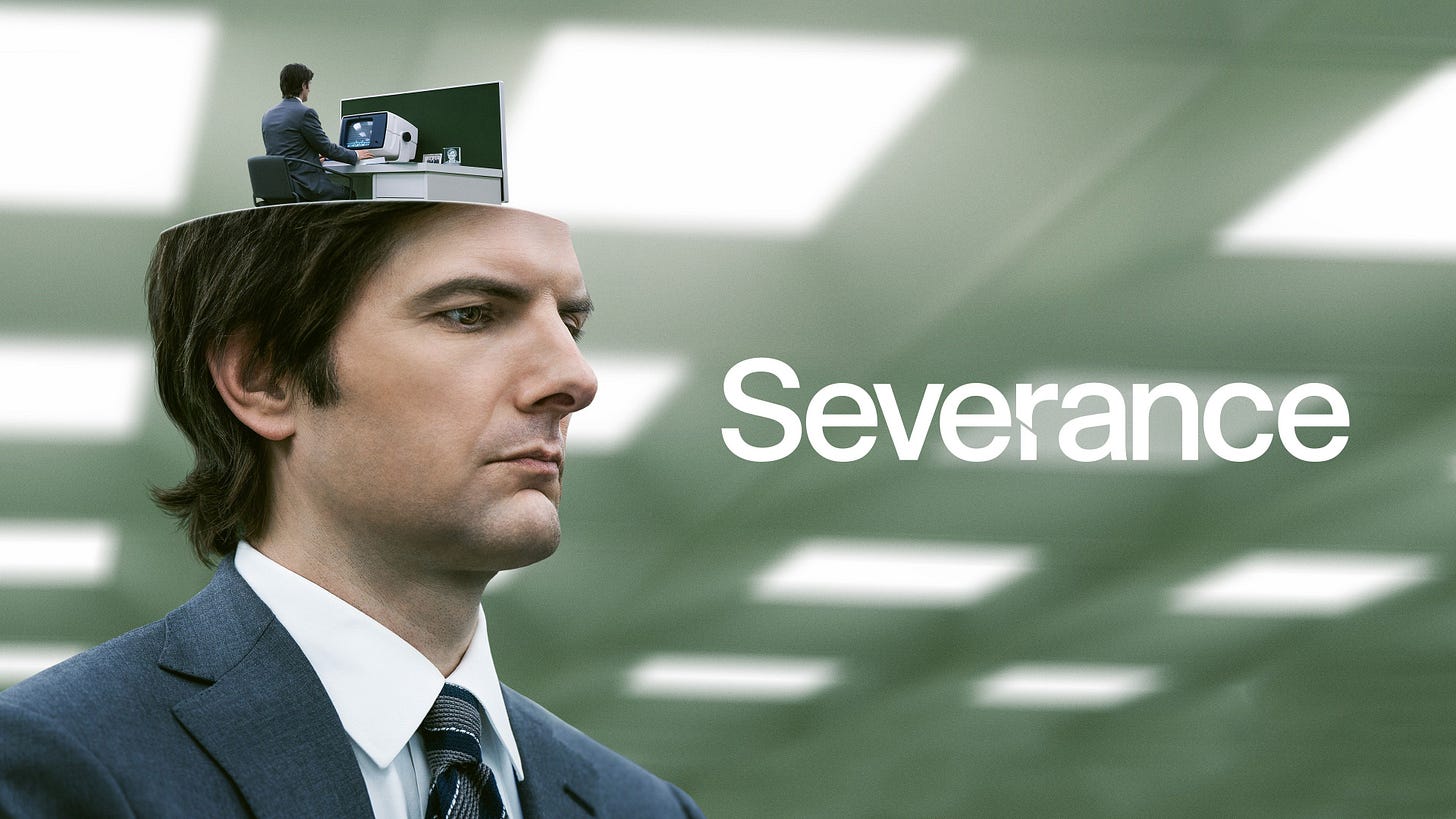
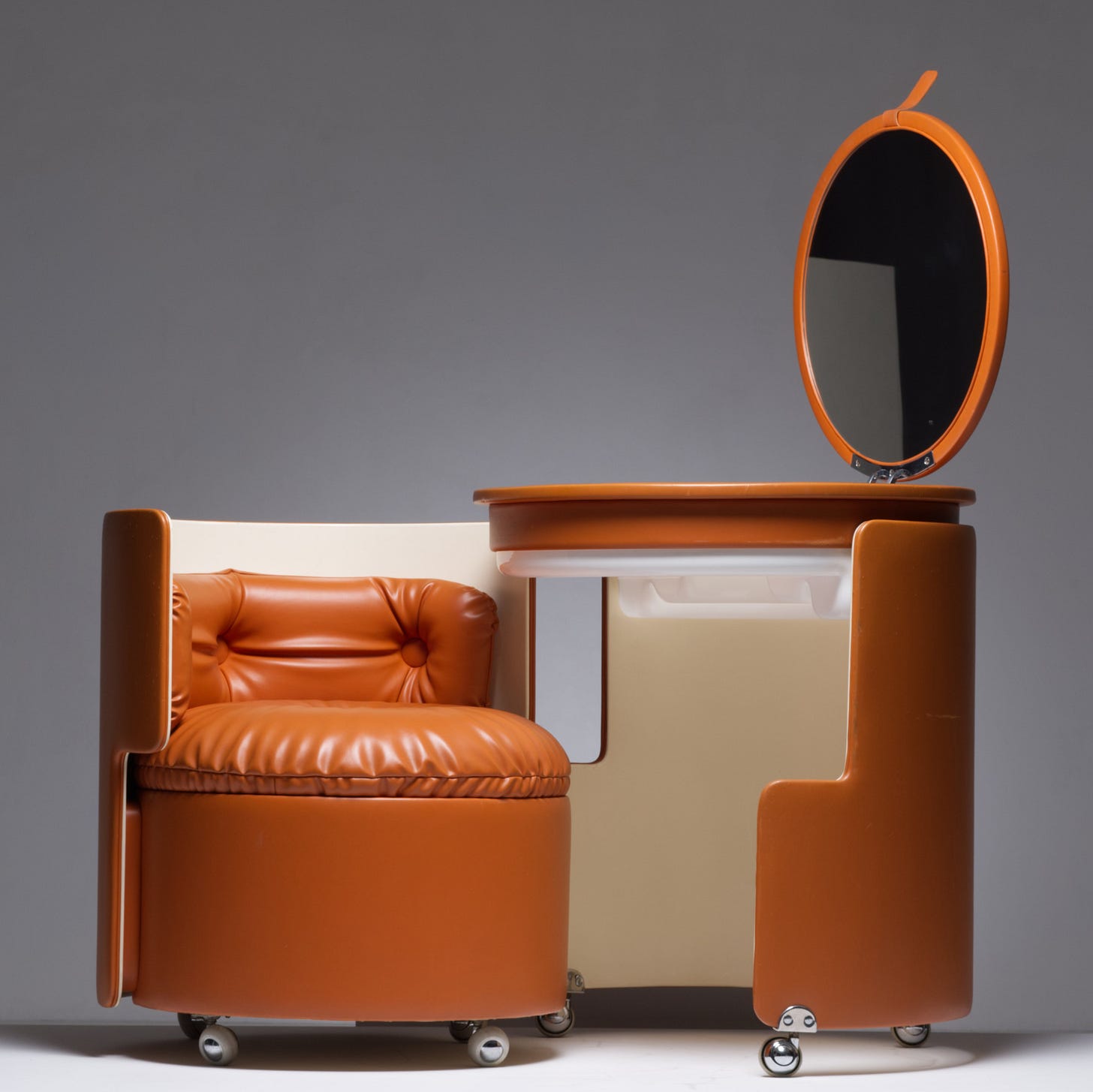

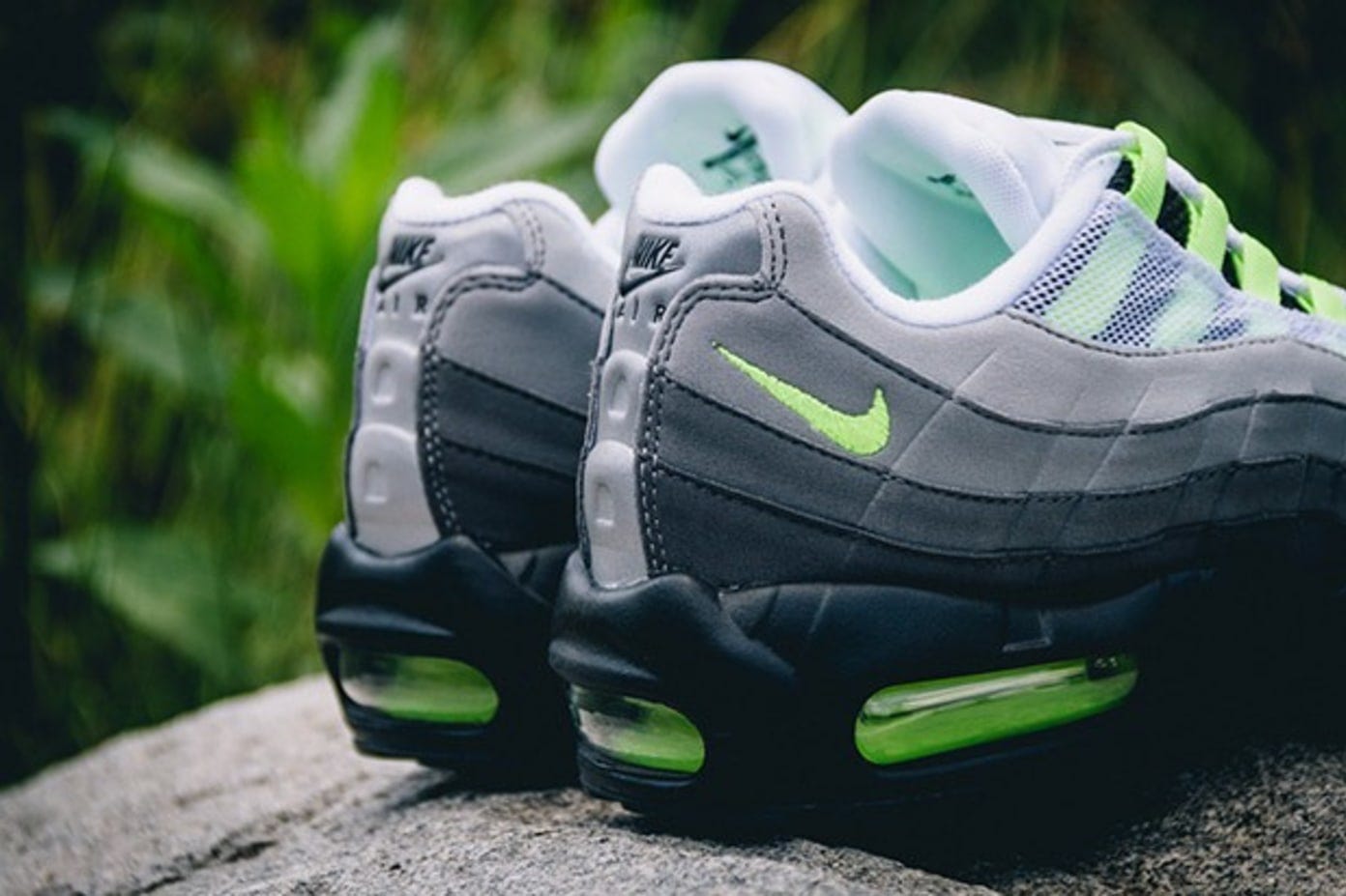
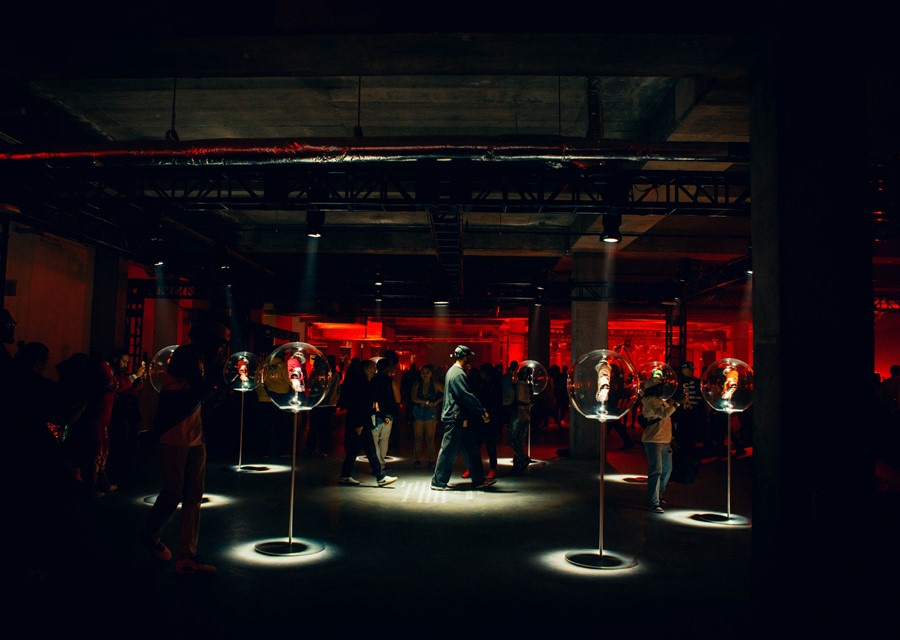
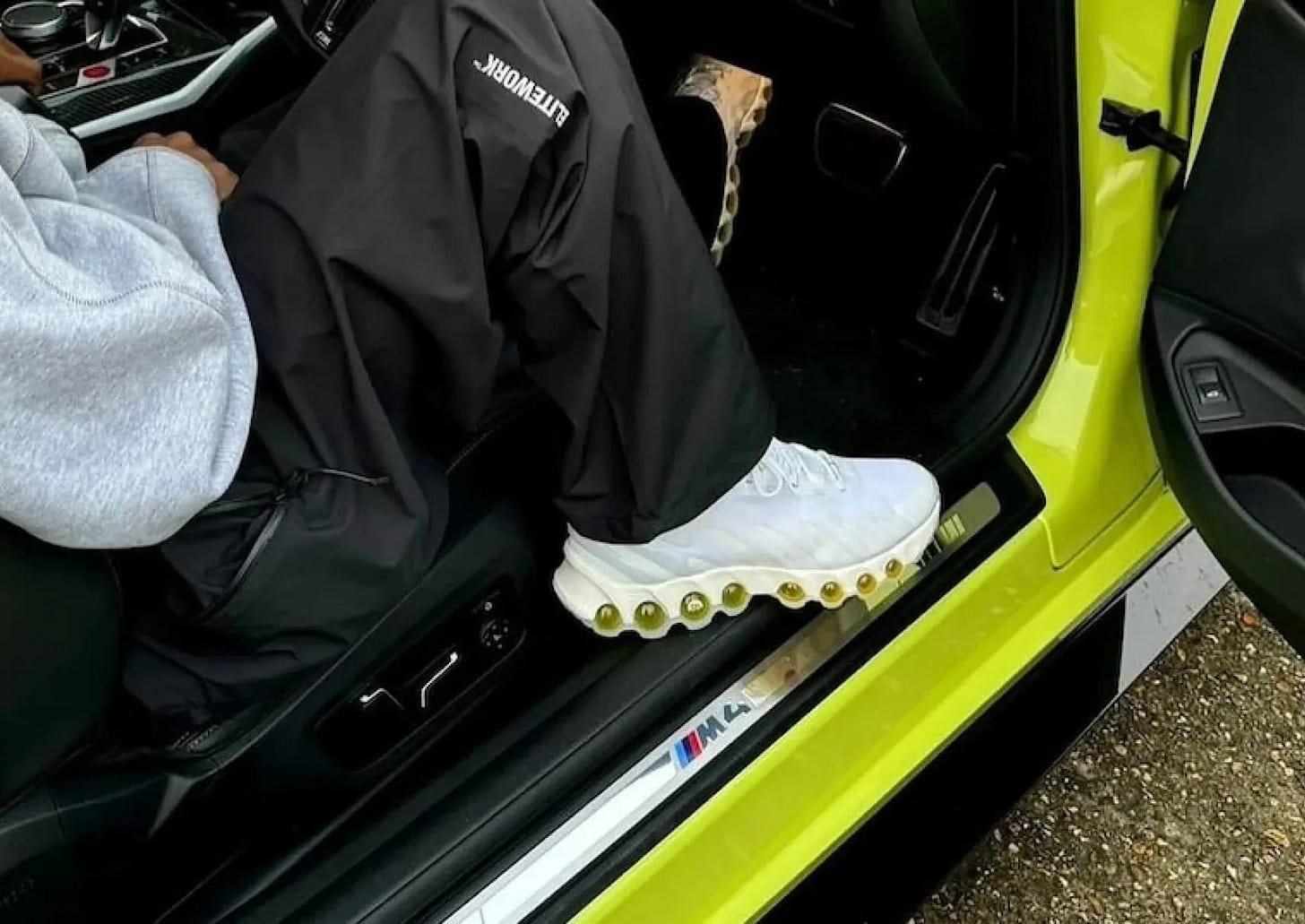
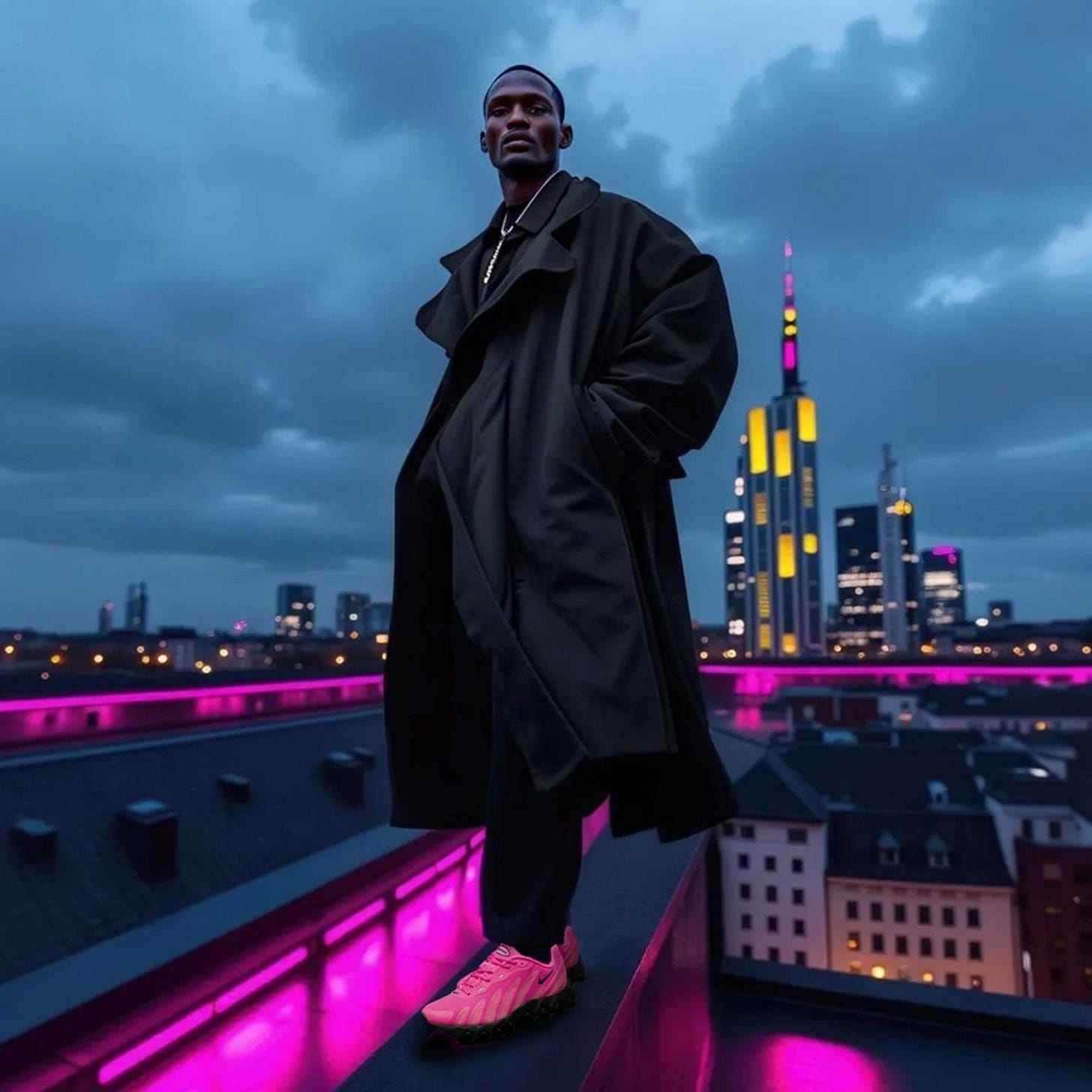
Loved this! Made me think about product placement as evolving to something more collaborative rather than just brand visibility and traditional advertising. I think this could be an interesting and more valuable position for brands and the culture at large... if done intentionally.